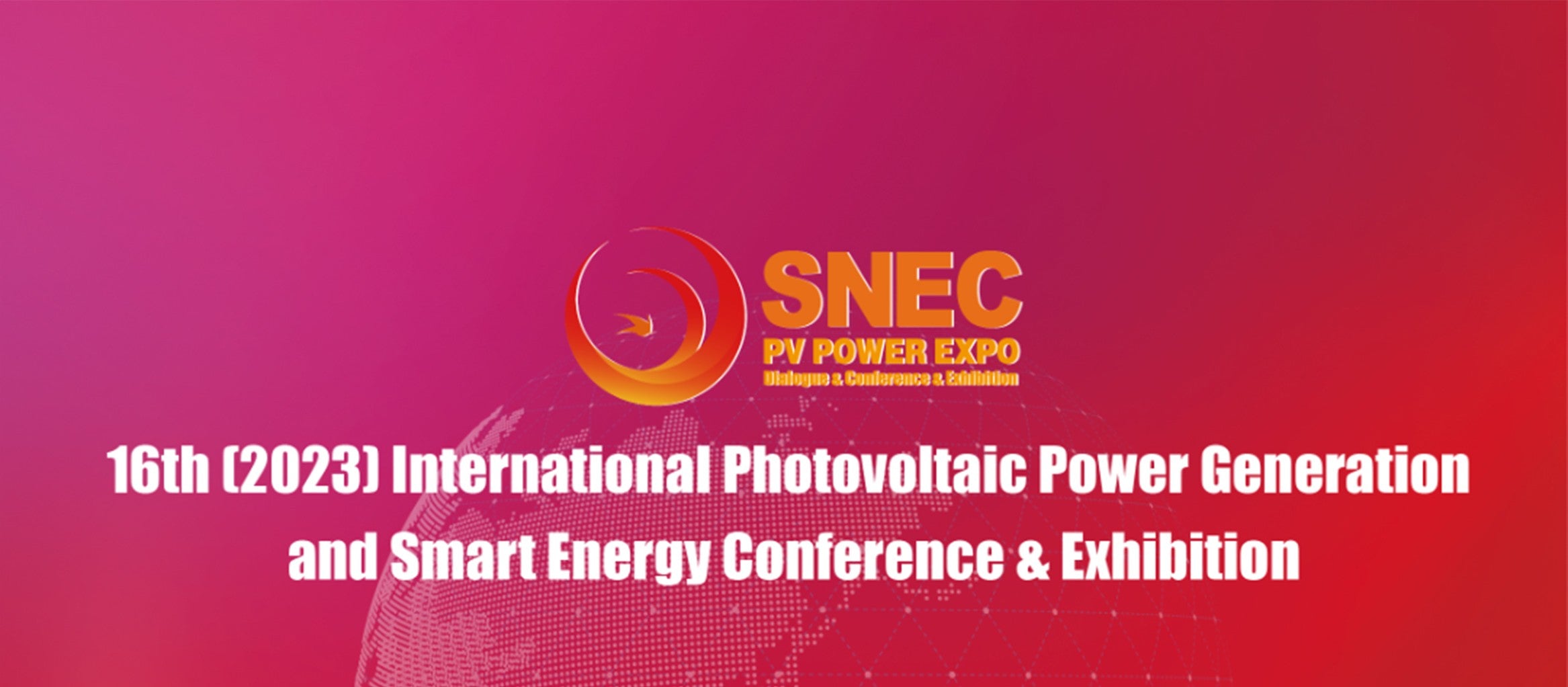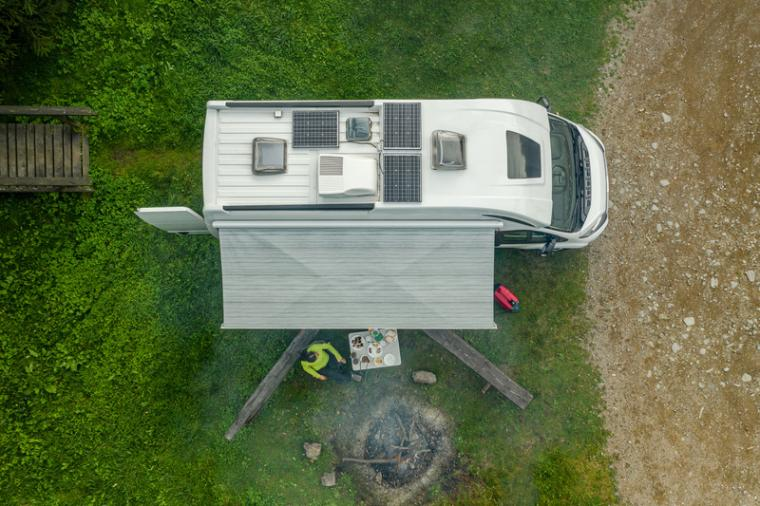What Is Hybrid Solar System?
- After installing solar panels, energy generated from them needs to be converted into electricity for your home. This is a few ways to do this; you can stay connected to the grids, go completely off-grid, or have hybrid systems. Hybrid systems are when your solar panels are connected to the grid’s power lines and have a backup battery system to store the excess electricity.
- The sun’s energy absorbed by solar panels goes through an inverter to create usable electricity. From there, the electricity goes to either your home, your battery, or the grid. The advantage of a hybrid solar system is that you will always have electricity in any case.
- With a backup battery, the extra energy that your solar panel makeup but your home doesn’t use will be stored in this battery. Then, when the sun isn’t shining, this battery will power you through the night during system blackouts or inclement weather.
- With a hybrid solar system, if you use all of your battery power, you have the ability to draw powers from the electrical grid.
A hybrid solar system works by sending solar power to your inverters, which then send energy to power your home. Excess energy that isn’t used to power your home goes to your home’s battery for storage. This battery can power your home when your solar panels are not producing energy. - After all those steps, if there is still energy left, that energy is sent to the grid. The hybrid solar system is a crossover between grid and off-grid solar systems. This gives the advantage of being connected to the utility grid at the same time and giving your home enough backup to power significant loads in the event of blackouts.
- The basic idea behinds hybrids solars are that when the sun is shining, you generate electricity from your solar panels and store this power in a battery. Once your battery is fully charged, you will use the excess electricity from solar to power your home appliances, and if any more electricity is left, it will be exported to the utility grid.
- The power stored in your battery will be used when your utility grid is turned off as a source of power backup. Hybrids solar systems give you all the benefits of a grid-tied system while providing power backups in the event of powers outages.
- In the event of a powers outage, the on-grid solar system shuts down. Solar panels and batteries alone don’t help generate electricity, and you also need other components that will help generate electricity.
Components of Solar Hybrid Power Systems
- Solar Panel:The solar panels are mounted on your roof or at any open space in your home, which receives sunlight directly. Solar panels generate DC power.
- DCDB:DCDB (direct current delivery box) is a convenor box with fuse, MCB, and SPD device for security. The main objective of DCDB is to combine several wires of solar panels in a string, in which there are two outputs, a positive and a negative.
- Charging Controller:As the name suggests that the charges controller controls the amount going to your battery. It prevents battery acquisition by regulating the amount of battery, which increases battery life.
- Hybrid Inverter:A Hybrid Inverter Battery Changes DC power to AC power, which can be used to give electricity to home appliances.
- ACDB:ACDB (optional current distribution box) is a security tool with fuse, MCB, and SPD devices for security. The main purpose of ACDB is to protect its equipment from any malfunction in the hybrid inverters.
- Battery:the battery is used to the stored DC power generated by your solar panels using LiPO lithium polymers, lithium-ion, or lead-acid. Now that you know the list of components required to run hybrid solar systems, see how they are connected to generate and transmit, where it is required.
Hybrid Solar System Connection:
- The Solar panel on your rooftop are connected to each other in series and parallel systems, and their output is fed into the charging controller.
- The second end of the charge controller is connected to the battery to prevent the surcharge of the battery.
- Battery Hybrid is connected to solar inverters.
- The output of the hybrid solar inverter is fed to net meters, and then in the distribution panel of your home, electricity goes to your home to give power to your equipment.
Hybrid Solar System Working When There Is Power Outage:
- If there is a powers outage in the early morning or afternoon when the sun is shining and your solar system is generating electricity, your solar system will not shut down as it does in an on solar grid system, but it will turn itself off. Will disconnect from the grid & will continue. ,
- The amount of electricity your home will need during a power outage will be drawn from the battery. Let me tell you one thing if your solar system is of 3 kW and you are running more than 3 kW of appliances on it at a time when the grid goes down, then your inverter will shut down.
Solar PV-Wind Hybrid Systems:
- The other important types of the solar hybrid power system are the solar PV-wind hybrid power system, in which the supplementary power source is wind. This is a really good combination as both solar and wind are among the renewable energy sources.
- Another cool thing about interconnecting wind and solar power systems is that typically the peak of solar power occurs when the wind is not so strong, and the wind peak operating time is when the wind is not so strong. Energy is negligible or at least weak.
- This means that these systems are inherently less volatile in terms of power output. Wind power systems and solar power systems individually are not as effective as their combination because there are times throughout the year when wind or solar power is not available as much as is needed.
- Therefore, solar-wind hybrid power systems may be a better choice for continuous power generation. They can also be integrated with another supplementary power source such as diesel to guarantee consistent power output. Well, any hybrid power system requires the use of batteries, and these hybrid power systems are no exception.
Solar Thermal Hybrid Systems:
- Solar hybrid power systems of the solar thermal type are slightly different from the previously mentioned solar power systems. These power systems are not only used for electricity generation, and as the name suggests, they are used for electricity generation as well as heating.
- It is clear that a portion of the power generation will be devoted to heating for any power system, but these systems will separate the heating portion from the power generation portion and are, therefore, more efficient than other power systems. The logic behind their design is quite fascinating. Well, you can expect your photovoltaic cells to reach 20% electrical efficiency, which means they can only convert the Sun’s radiation into electrical energy.
- However, about 65% to 70% of that radiative energy of the Sun will be converted to heat, raising the temperatures of the PV module. These hybrid systems are designed to absorb heat using components called PVT collectors to make better use of the solar spectrum.
- Since these systems are designed to direct the heat absorbed from system surface areas towards heating purposes, where necessary, the surface temperature of the modules will be reduced, meaning their lifetime will be extended. Well, it certainly increases the overall efficiency of the system but will reduce the efficiency of the solar collector due to the low surface temperature.
To learn more about photovoltaic power generation, please follow SOLARPARTS official website:
Twitter: Solarparts Instagram: Solarparts
Tumblr: Solarparts Pinterest: Solarparts
Facebook: Shenzhen Solarparts Inc
Email address: Philip@isolarparts.com
Homepage: www.isolarparts.com







